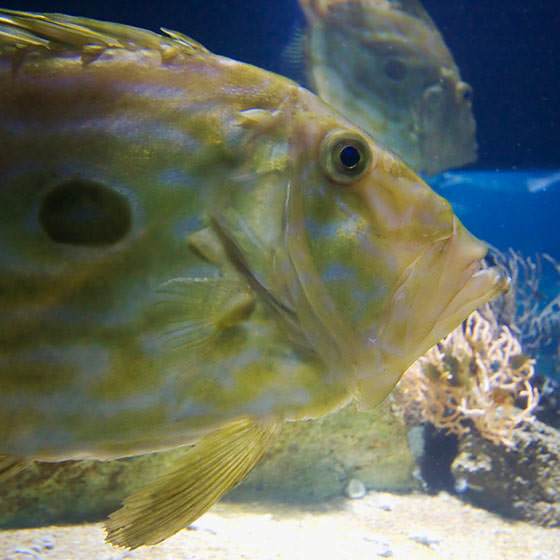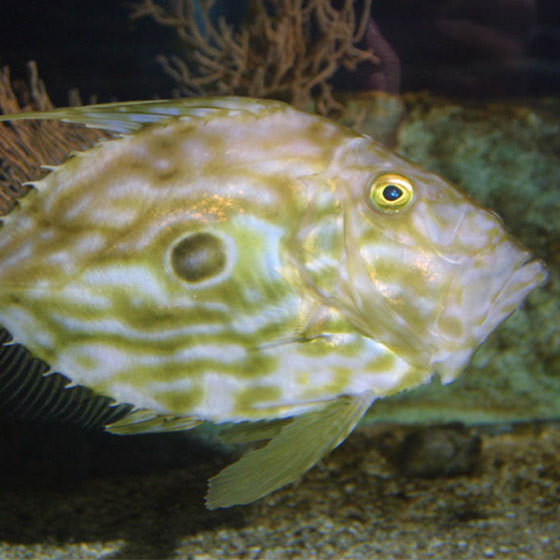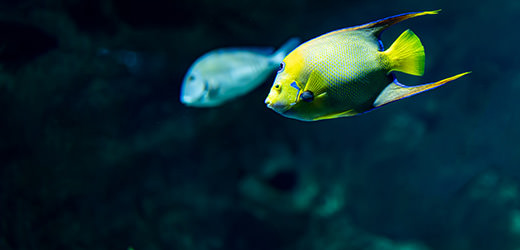Biology
The John Dory is a solitary fish that lives above sandy or muddy seabeds, up to 600 m deep. It is most common between 50 and 150 m below the surface.
The John Dory moves slowly by rippling its fins. A poor swimmer, it hunts by lying in wait for its prey, feeding on small fish, cuttlefish and crustaceans.
After a long approach, it seizes its prey with its protractile mouth that can extend up to half the length of its body. It has even been reported that the John Dory can cover itself with sand in order to surprise its prey.




